Caliber - types and examples of use
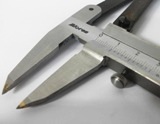 Due to their simplicity, sufficiently high measurement accuracy and low cost, calipers are widely used in production. They were invented by the Frenchman Pierre Vernier in 1631. The Russian GOST 166-89 regulates the design of the most common calipers — ЦЦ, ЦЦЦ and ЦЦК. In addition to these types, there are others:
Due to their simplicity, sufficiently high measurement accuracy and low cost, calipers are widely used in production. They were invented by the Frenchman Pierre Vernier in 1631. The Russian GOST 166-89 regulates the design of the most common calipers — ЦЦ, ЦЦЦ and ЦЦК. In addition to these types, there are others:
1. IC-IC with pointer. The vernier has a carrier with a reading arrow instead of a vernier. In the groove of the rod there is a rack with which the gear of the head engages. Caliper readings are determined by the dial on the head, depending on the position of the arrow. This method is much easier, faster and less tedious for the inspector than Vernier's definition. In addition, the vernier has no sensitive electronic elements.
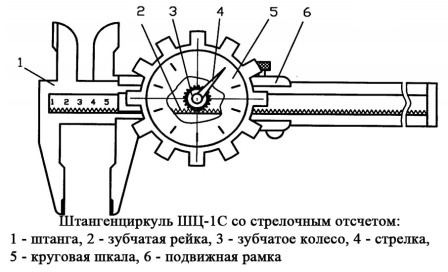
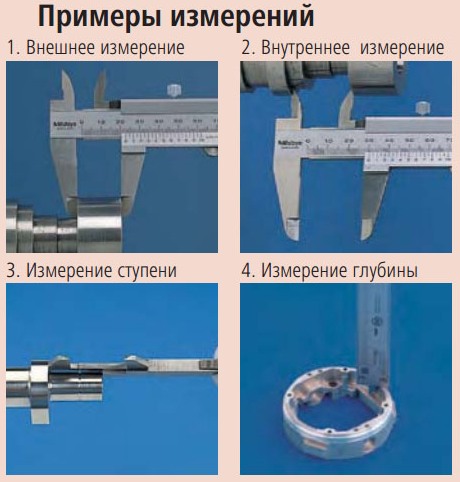
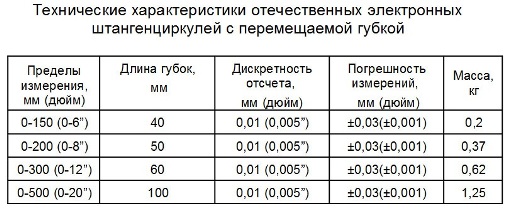
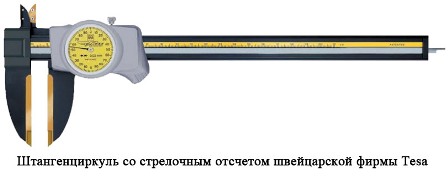
2. Marking calipers with a circular mechanism. The use of hardened carbide jaws allows marking on hard surfaces. The circulation mechanism is used to draw arcs. GOST 166-89 regulates the production of traditional types of calipers with hard alloy jaws for marking without a circulation mechanism.
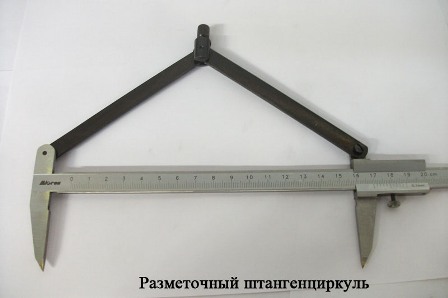
3.Caliper with rounded jaws for more accurate measurement of internal diameters. Such calipers can be vernier or with a digital indicator.
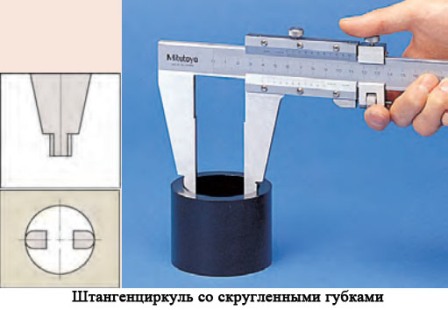
4. Caliper for measuring internal / external channels. The use of universal calipers for measuring channels makes it possible to abandon the production of specialized measuring clamps.
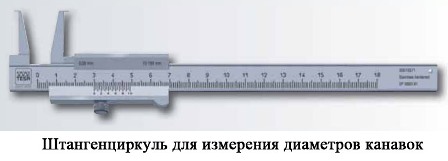
5. Studs for measuring distances between centers. Such calipers have pointed flat or round carbide tips and also allow you to measure from the edge of the hole to the edge of the workpiece, the distance between the centers located at different levels. There is vernier and digital.
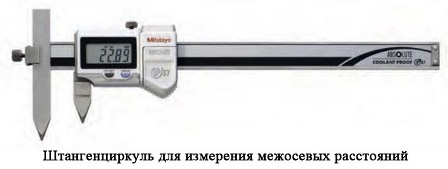
6. With extended jaws for internal measurements of hard-to-reach parts.
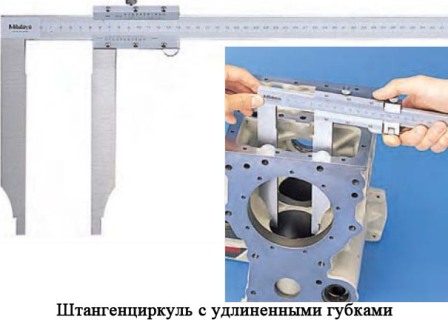
7. Vernier ШЦСС-164 and electronic ШЦСС-129 for testing welded seams... It allows measuring the angle of the leg and the seam.

8. Shttss-123 stubs for measuring distances between elements located at different heights. There are other models for similar purposes, including imported ones.
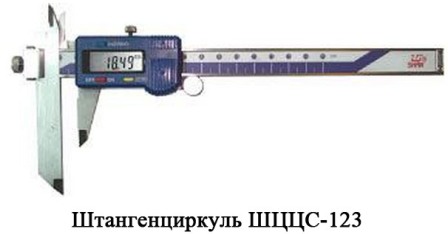
9. Lightweight carbon fiber calipers from the Japanese company Mitutoyo. This company offers a very wide selection of calipers for different purposes and performance characteristics: regular calipers, calipers with rotating jaws for measuring stepped shafts, with ultra-thin jaws for determining the thickness of pipe parts. There is even a right-handed one on the market.
Traditional vernier callipers type SHC come with a depth gauge (type I and T-I) for measuring the depth of skirting boards, and without it (type II and III). The difference in types consists in the arrangement of the working measuring surfaces of the jaws - one-sided and two-sided for measuring both external and internal dimensions; type II allows measurements of external dimensions only.Types II and III can also be used for marking, for which they are provided with an additional screw for accurate positioning of the caliper frame.
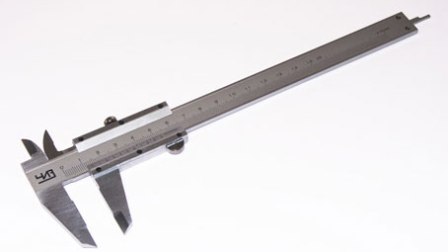
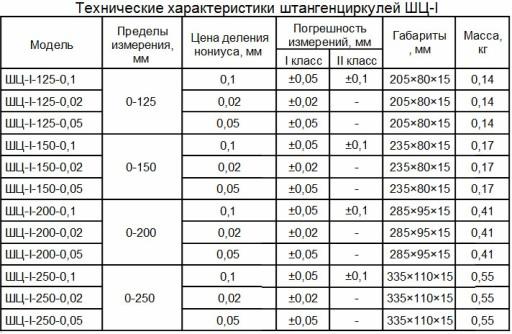
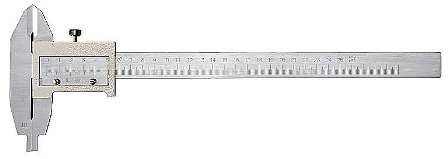
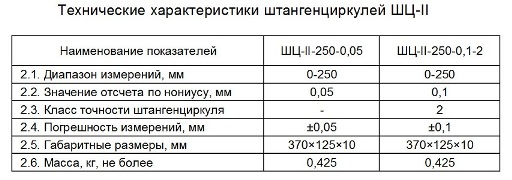

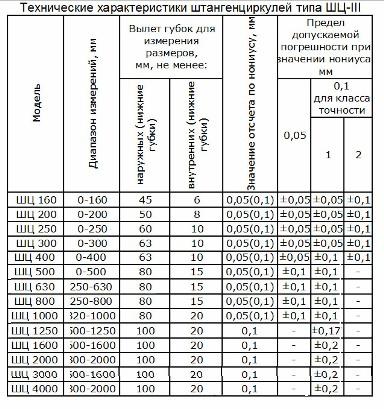
One of the varieties of calipers is digital — SCC, thanks to which the measurement process is facilitated, there is no need to compare the markings on the vernier scale to determine the fractions of a millimeter.
Domestic SCC calipers are powered by lithium batteries, foreign manufacturers also offer solar powered calipers. They only need 60 lux to charge, which is the same as home or office lighting. However, compared to mechanical counterparts, digital devices have a shorter lifespan and break more quickly under heavy loads and dirty conditions.
There are also calipers with a round scale ShTsK with a spring mechanism, which are used for measurements that do not require special accuracy.
Domestic manufacturers mainly produce calipers with a metric scale. Foreign manufacturers offer calipers with two scales — metric and inch, as well as digital calipers with the function of automatically converting the measurement result into inches.
